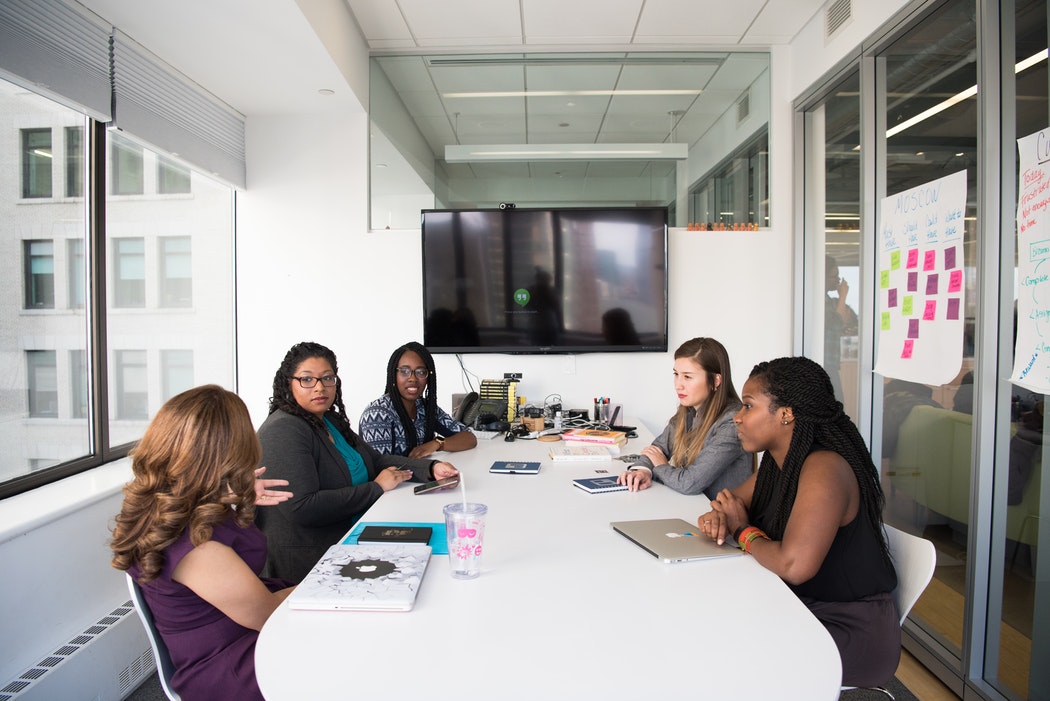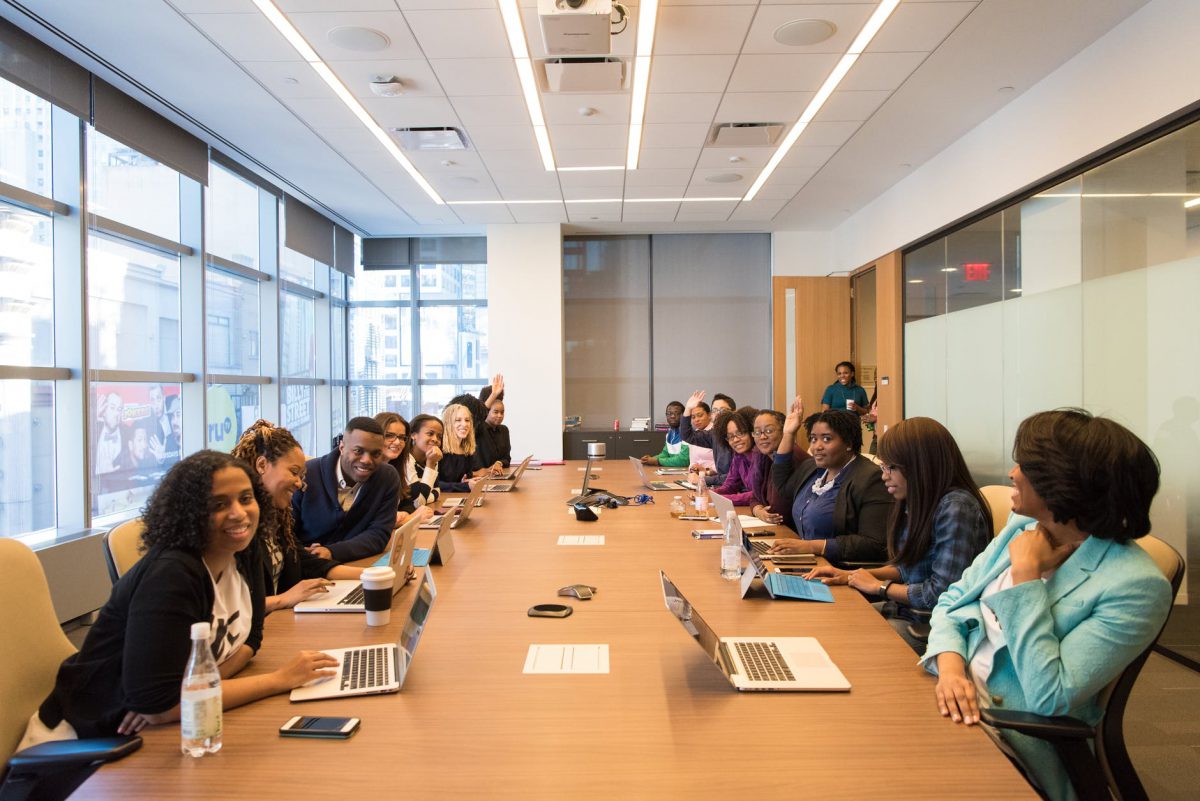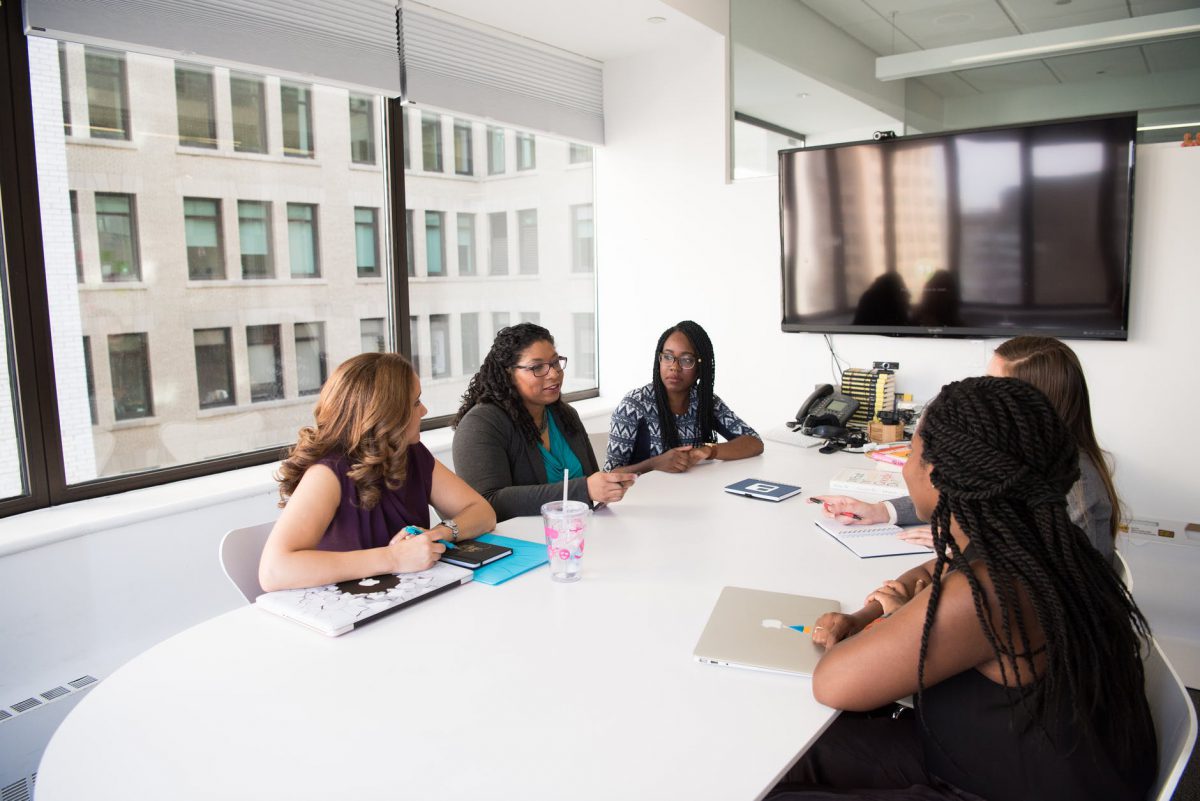August is Black Business Month. As we celebrate this occasion and consider Black businesses that we can frequent, it might be time to revamp (or start) your vendor diversity program. Organizations need to look at the vendors they support to ensure that money earned gives back to businesses that need it most. So, how can we make that happen at work?
What Is Vendor Diversity?
As organizations grow, investing in up-and-coming startups and businesses is key.
Vendor diversity programs give companies a framework to follow when they decide who to support. Vendor diversity doesn’t force employees to use certain vendors. Instead, companies give guidance on how to diversify supply chains. By providing foundational information and resources, organizations can spend their money in more diverse places.
Instead of seeing championing vendor diversity as something you have to do, company leaders should see it as something they get to do.
Why Is Vendor Diversity Important?
Most large businesses wouldn’t be where they are today if open-minded companies or individuals hadn’t taken a chance on them during the early days. We can’t lose sight of the value of shopping and investing small.
We live in a world where Google gives us the top result, and that’s usually all the research we need to do.
Vendor diversity initiatives encourage us to think deeper, do more research, and potentially find an organization in our community or led by people from underrepresented backgrounds to support.
The Benefits of a Vendor Diversity Program
First, let’s cover some of the benefits of a vendor diversity program. These benefits can help you sell the goal of starting this program at your company.
Diverse Vendors Can Help You Find Solutions You Might Never Have Considered
Organizations run by people from underrepresented backgrounds typically start because their leaders saw a gap in the market that wasn’t satisfied by the big players.
Diverse teams are proven to boost innovation and financial results. Imagine what you could accomplish by investing in groups that understand that diversity is the building block of their organization.
If you are looking for creative solutions to problems you’ve been having, it’s best to work with a diverse group of vendors. Small companies have less red tape, so they can pivot and create solutions quicker than tried and true companies with hundreds of employees.
There are downsides to working with a small team, like lack of people power or money. On the other hand, these organizations are much more open to customer feedback and input. With your help, these companies can afford to make investments in what matters to customers.
Vendor Diversity Creates Awesome PR Opportunities
Vendor diversity creates some stellar opportunities to get your brand seen by more people. You are coming onboard when the company is small. These opportunities will only grow as their organization does.
Let’s face it, we all want to put our name next to giants in the industry. Companies like Walmart, Johnson & Johnson, and Google all have public supplier diversity or inclusion policies. By leaning into your supplier inclusion policy as a company, you can market your business as one that values competition and supports small companies.
Another PR opportunity you might have with small businesses is the opportunity to do case studies or get your logo featured on vendor websites. As their company grows, these early case studies can make all the difference to their company and yours. Your organization might even become the face of your vendor’s product or service.
Supply Chain Diversity Drives Competition in the Industry
We’ve become homogenous in the business world. Companies are constantly getting bought, sold, and dissolved. New industry players shake things up and provide some competition to older products on the market.
Your vendor might eventually join a bigger company, but not before disrupting the industry a bit. New industry players with the right funding can make other companies more willing to innovate or change their businesses practices.
Once you are done working with a newer vendor on the scene, you might be shocked at how the industry has changed. Companies need competition to drive them to innovate.
How to Encourage Employees to Diversify Vendors
So now that you know the benefits of vendor diversity, how do you make it a reality at your organization? Of course, understanding the perks and making it happen are two different things. Here are some basic principles that will make your program successful:
Make It Easy
Google is easy.
Typing “best t-shirt vendor” into Google takes a few seconds, and you get pages of results. The first page is full of ads (vendors who can obviously afford to put money into advertising.) After that, the search results highlight organizations that have put a lot of energy into ranking highly for this keyword.

You can quickly go to Google and get all the results you’ll ever need for any vendor you will ever want. A quick Google search doesn’t help you find the most diverse vendors, though. Google is based on SEO (search engine optimization.) The companies you are trying to find with a vendor diversity program may not understand this process.
So, how do you make it easier for employees? Create a database. You can use an internal tool like Google Sheets to start creating a shared database the entire company can use. As you find diverse vendors, add them to the database. You can even create a section for employees to review vendors they know and love.
Discuss the Benefits
Next, you’ll want to go over the benefits of prioritizing vendor diversity. Talk through the powerful innovation, PR, and competition benefits companies can realize when they invest in small organizations.
Think back to when your organization was starting. How did your company benefit from investments? How did your customers benefit from working with you? You probably have a story or two that you can share with anyone skeptical about vendor diversity.
Provide Incentives
Last but not least, you’ll want to provide incentives. Encourage people to put more thought into vendor diversity. Consider providing a bonus or award to the departments that focus most on vendor diversity. Everyone likes recognition for the work they put in.
If you notice any person putting a lot of effort into vendor diversity, consider giving them a shout-out in the next company meeting. Ask employees who do a good job at diversifying vendors to speak about their experience with company leaders.
Conclusion: Vendor Diversity Is Within Reach
Companies that care about vendor diversity can seek out companies that fit the criteria they are looking for. With a little patience and the right framework, you’ll find all the vendors you need to diversify your company’s supply chain. Vendor diversity might take a bit more work than using Google, but you won’t regret the time you take to look for the right businesses.
















